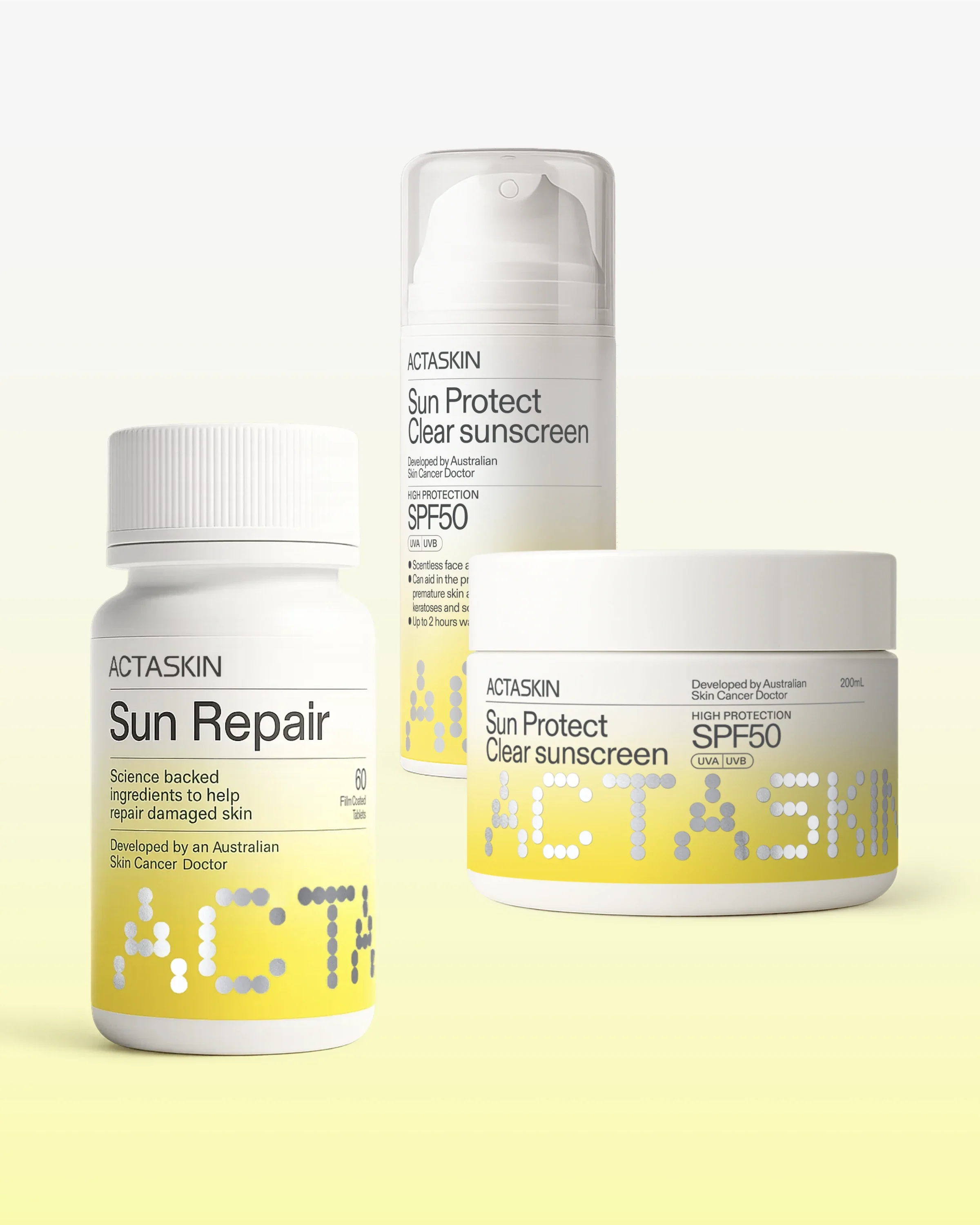We all know the sun brings warmth and light, but there’s more happening behind the scenes. Along with visible light, the sun emits Ultraviolet (UV) radiation, which is invisible to the naked eye.
Just like light breaks into different colours of the rainbow, UV radiation also exists in different wavelengths, each with its own impact on our skin. The two types you need to know about are UV-A and UV-B—both of which play a major role in skin ageing, DNA damage, and skin cancer.
UV-A vs UV-B: Why Both Matter
Luckily, Earth's atmosphere acts as a natural shield, blocking out about 95% of the sun's UV-B radiation. But do not let that statistic fool you, the 5% that makes it through is still more than enough to cause serious damage.
- UV-B radiation affects the surface layers of the skin. It is the primary driver behind sunburn, skin peeling, skin cancer, and premature ageing. UV-B penetrates deep into the epidermis and dermis, triggering genetic mutations that lead to skin cancers. UV-B is most intense between 9:30 am and 4:30 pm and is largely blocked by glass.
- UV-A radiation makes up the 95% of the UV radiation that reaches the Earth’s surface. It penetrates much deeper into the skin, reaching the collagen and elastin layers. Over time, UVA exposure causes wrinkles, sagging, sun spots, and irreversible DNA damage. Crucially, UVA also directly contributes to the development of skin cancers, and more than 50% of UVA rays penetrate glass.
How You’re Getting UV Damage Without Realising
Despite growing awareness, 52% of Australians say they only wear sunscreen when they plan to spend a few hours outdoors. This is a dangerous misunderstanding, rooted in the idea that sun damage only happens when you get burnt. It doesn't. Even if you do not feel yourself burning, UV radiation is still silently causing DNA damage in your skin.
Here are three common ways you are exposed to UV without realising:
- Working indoors near a window: UV-A rays pass through glass easily. If your desk is near a window, you are getting significant UV exposure every day without feeling it.
- Travelling in the car: Many patients show more severe sun damage on the right side of the face and arm—the side closest to the car window while driving. People often think about sun protection at their destination, forgetting the damage that happens during the journey.
- Cloudy, rainy, or winter days: UV-A rays cut straight through clouds, rain, and even fog. Temperature is not a reliable indicator of UV risk. Always check the UV index, not the weather forecast.
This is why daily sun protection is non-negotiable. A few seconds each morning applying a broad-spectrum SPF 30+ sunscreen can significantly lower your risk of skin ageing and skin cancer.



